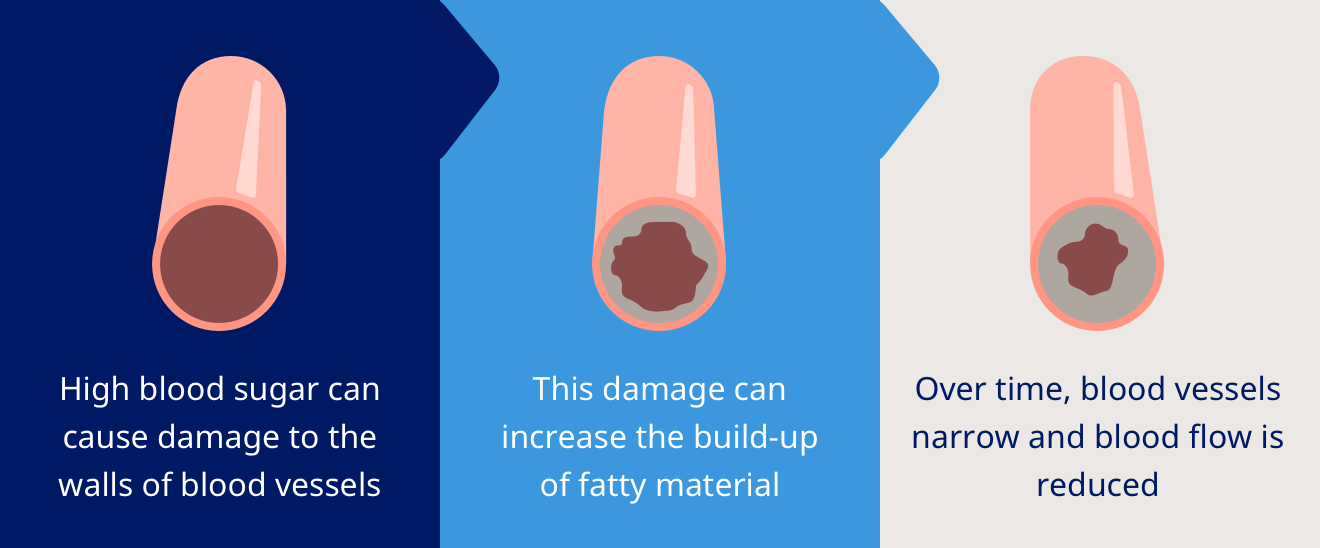The two main types of diabetes are type 1 and type 2. Other types of
diabetes include gestational diabetes, type 3c diabetes and latent
autoimmune diabetes in adults (LADA) 5. Type 2
is the most common form of diabetes, accounting for 90% of all
diabetes cases globally, followed by type 1.1 However, only
6-10% of people with diabetes have LADA, and only 9% of all people
with diabetes have type 3c 13.
Regardless, all types of diabetes have one thing in common: an
overdose of glucose in the blood. If you don’t have diabetes, your
body (pancreas) senses that glucose has entered the bloodstream,
releases the right amount of insulin, and allows the glucose into the
cells. If you have diabetes, this system of regulating and releasing
glucose through the presence of insulin doesn’t work 1.




